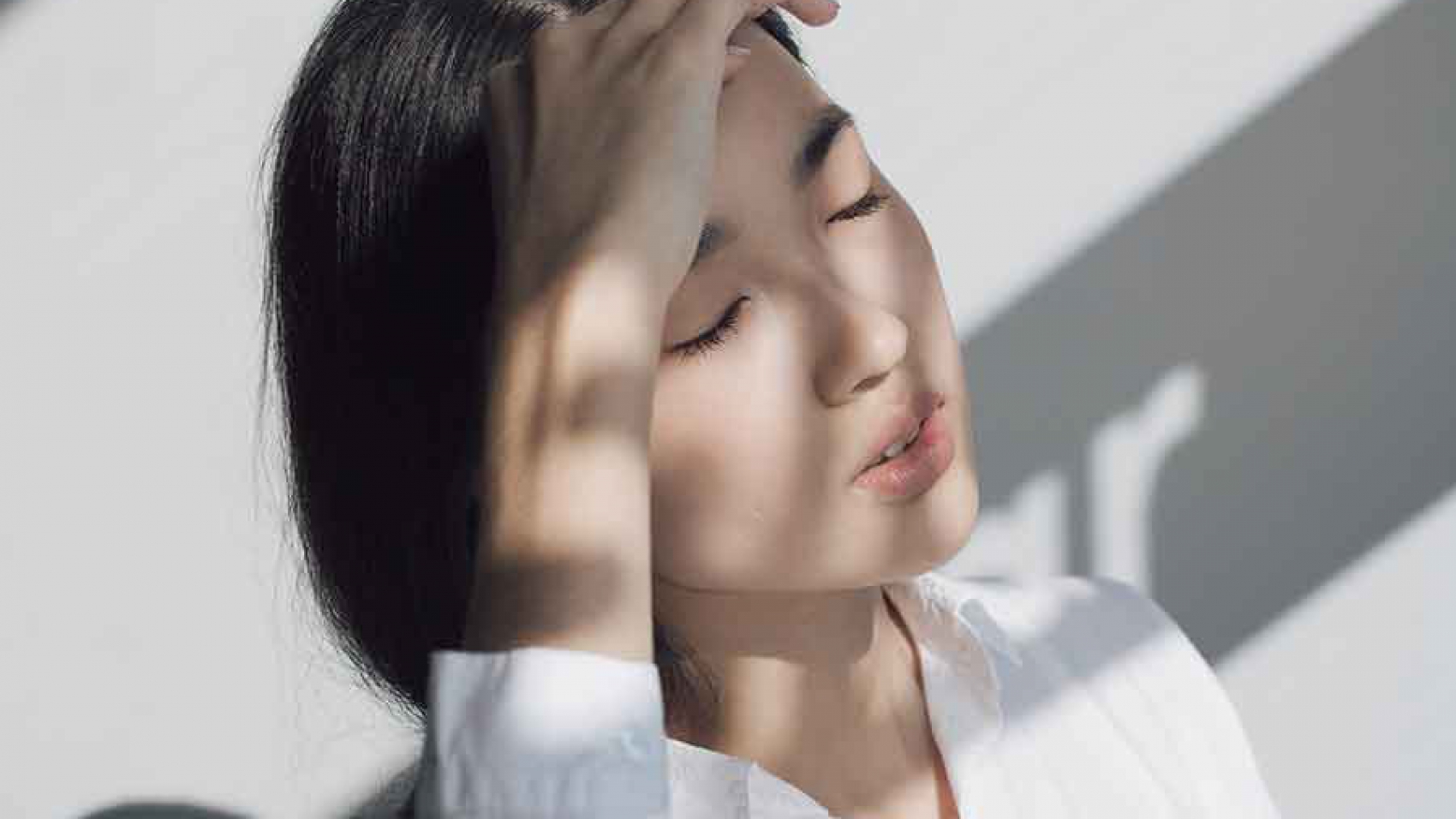Headache: Types, Causes & Remedies
Headaches are one of the most common medical complaints, affecting everyone regardless of age or gender. The World Health Organization (WHO) reports that about 50% of all adults worldwide will experience a headache in any given year.
Headache Types
Although there are many different types of headaches, there are four types that are most common:
- Tension ... Tension or stress headaches are the the most common type of headache among adults and teenagers. They cause mild to moderate chronic pain, they come and go over time.
- Cluster ... Cluster headaches are the least common but most severe type of headache. The pain is intense and can feel like a burning or piercing pain behind the eyes. The headaches may last a couple of weeks or months. They may go away for months or years, but often recur.
- Sinus ... Sinus headaches are caused by Inflamed sinuses and cause pain in the cheeks, forehead and bridge of your nose. They are usually accompanied by other symptoms, such as a runny nose, fever, pressure in the ears and facial swelling.
- Migraine ... Migraine headaches last from a few hours to a few days and may occur one or more times a month. They are accompanied by other symptoms, including sensitivity to light, noise or smells; nausea or vomiting; loss of appetite; and upset stomach or belly pain.
Headache Causes
Headaches generally occur because of a combination of nerve signals sent from the blood vessels and muscles in the head. Headache triggers can include:
- Illnesses
- Stress
- Eyestrain or back strain
- Environmental causes
- Heredity
- Food allergies
- Vitamin or mineral imbalance
- Hormone imbalance
- Artificial sweeteners, especially aspartame
- MSG
Headache Natural Remedies
- Magnesium ... Magnesium is one of the most successful headache remedies. People who suffer from headaches often have low levels of magnesium, and several studies suggest that magnesium may reduce the frequency of migraine attacks in people with low levels. Dietary sources of magnesium include beans, whole grains, seeds, nuts and vegetables such as broccoli, squash, leafy greens, dark chocolate and coffee.
- Diet ... Food allergies are a major cause of headaches. To detect a food allergy implement a food rotation diet. One of the most common allergies is to gluten.
- Essential Oils ... Peppermint and lavender oils have a calming and numbing effect. Research shows that peppermint oil stimulates a significant increase in skin blood flow of the forehead, and it soothes muscle contractions. Lavender oil is used as a mood stabilizer and sedative. Oils may be blended and rubbed on forehead, temples and at the back of the neck. If necessary, they may be diluted with almond or coconut oil.
- Chiropractic Care ... Several clinical trials indicate that spinal manipulation therapy may help treat headaches.
- Herbs: ... Feverfew and Butterbur Headaches can be relieved naturally through the use of tension-easing herbs. Research shows that consuming feverfew reduces the frequency of migraine headaches and headache symptoms, including pain, nausea, vomiting, and sensitivity to light and noise. Butterbur reduces the inflammatory effect of chemicals that trigger headaches, especially migraines. It also acts as a beta blocker, resulting in normal blood flow to the brain.
- B-Complex vitamins ... B vitamins are involved in the formation of neurotransmitters, including serotonin, which may be deficient in people who suffer from migraines. B vitamins improve brain cells, circulation, immune function and cardiovascular health.
- Hydration ... Water deprivation can cause headaches, irritability and an inability to concentrate.
- Stretching and Movement ... Stretches and movement can destress you and alleviate headaches. Meditative exercises such as yoga loosens muscles and clears the mind. It improves respiration, vitality and muscle strength, and it’s great for the circulatory system.
- Reflexology ... Reflexology is an ancient Traditional Chinese Medicine healing art in which certain points or zones of the feet are stimulated to encourage healing in corresponding parts of the body.
- Acupuncture ... Acupuncture, another Traditional Chinese Medicine healing art, originated in China about 2,500 years ago and is used to treat a wide variety of diseases, including headaches and migraines. It seeks to balance the body’s energy, or Qi, by stimulating specific points on the body.


